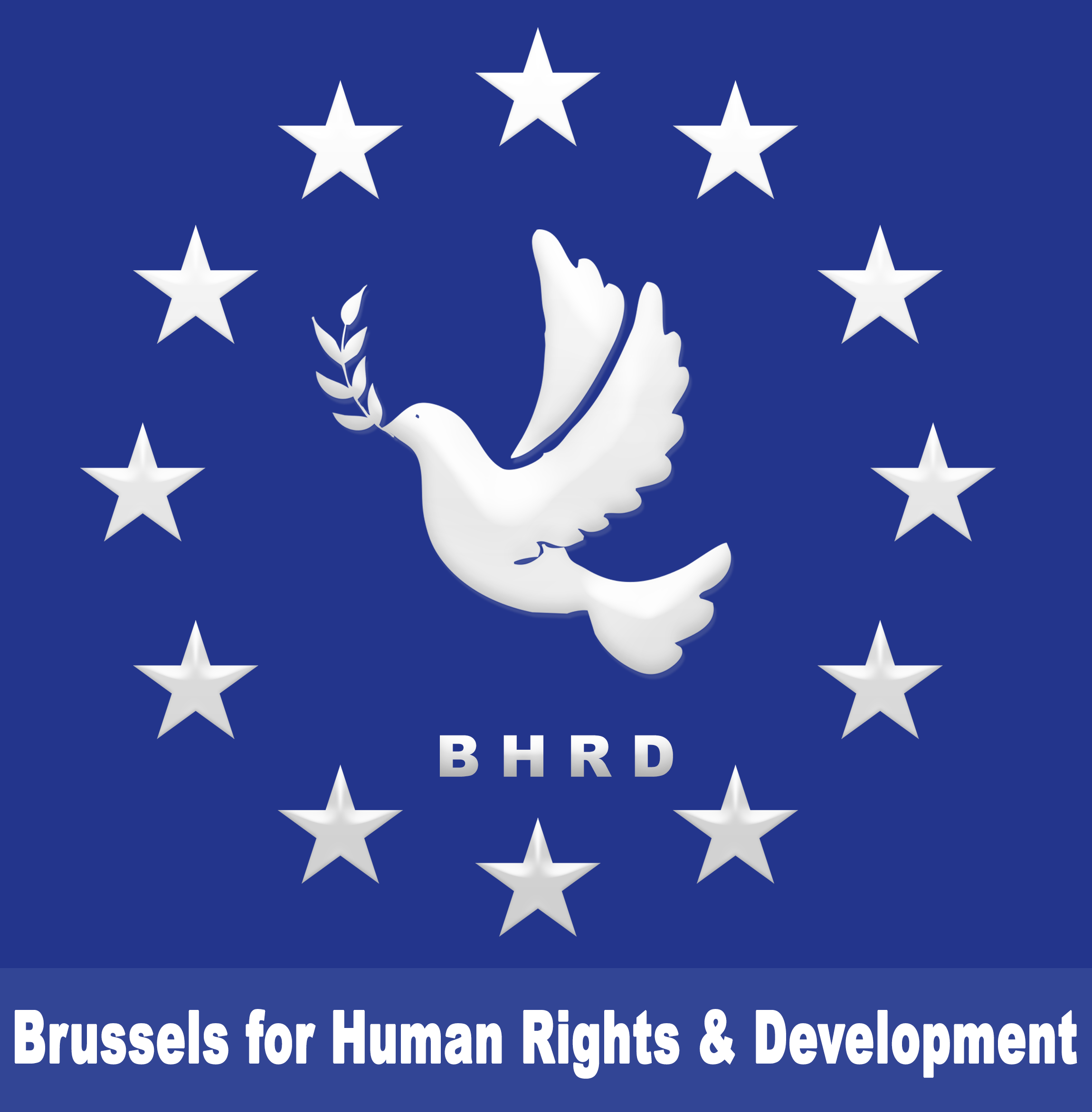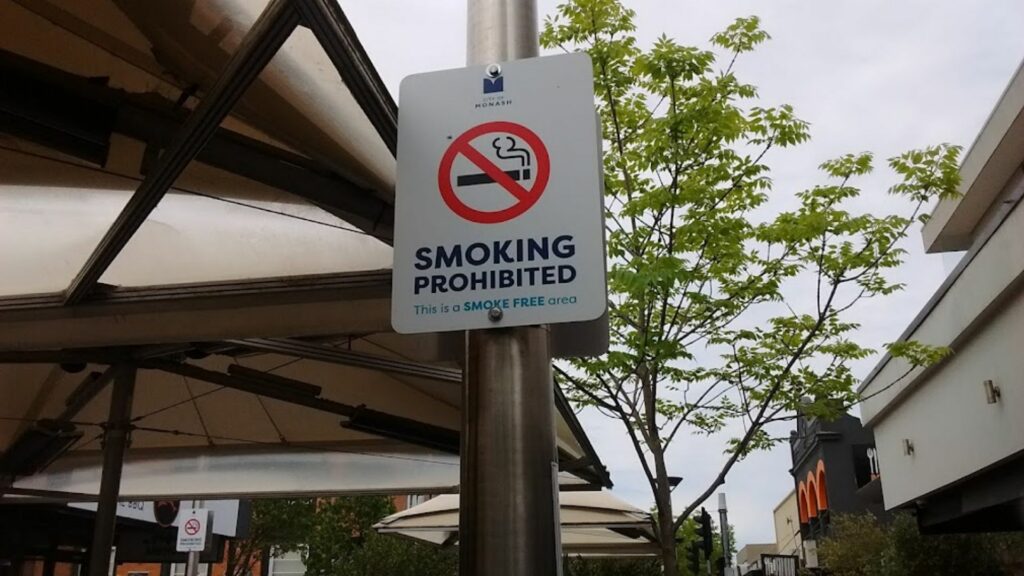WHO Releases First-Ever Tobacco Cessation Guidelines
The UN World Health Organization (WHO) has introduced its first comprehensive guidelines to aid over 750 million adults in quitting tobacco. These guidelines cover a range of treatments, initiatives, and digital interventions designed to help people stop using cigarettes, waterpipes, smokeless tobacco, cigars, roll-your-own tobacco, and heated tobacco products.
WHO Director-General Tedros Adhanom Ghebreyesus heralded this as a significant milestone in the global fight against tobacco, providing countries with essential tools to support individuals in quitting and reducing the global burden of tobacco-related diseases.
Challenges in Quitting Tobacco
Despite 60% of the world’s 1.25 billion tobacco users wanting to quit, many lack access to necessary services due to resource limitations. Rüdiger Krech, Director of Health Promotion at WHO, emphasized the immense strength required to overcome tobacco addiction and the suffering involved for individuals and their families. He noted that the guidelines are designed to help communities and governments provide the best possible support and assistance for those on this challenging journey.
Treatment Options
WHO’s guidelines recommend a combination of pharmacotherapy and behavioral interventions to increase the chances of successfully quitting. Recommended treatments include medications such as varenicline, Nicotine Replacement Therapy (NRT), bupropion, and cytisine. Behavioral support options range from brief counseling sessions with healthcare workers to more intensive individual, group, or phone counseling sessions.
Additionally, WHO suggests using digital interventions such as text messaging, smartphone apps, and internet programs as valuable adjuncts or self-management tools to aid in the quitting process.
Global Implementation and Support
WHO encourages countries to offer these treatments at no or reduced cost to improve accessibility, especially in low- and middle-income countries. The organization also highlights the importance of integrating these guidelines into national health systems to ensure widespread availability and support for those seeking to quit tobacco.
Dr. Tedros highlighted the need for a comprehensive approach, stating, “This guideline marks a crucial milestone in our global battle against these dangerous products. It empowers countries with the essential tools to effectively support individuals in quitting tobacco and alleviate the global burden of tobacco-related diseases.”
Digital Interventions and Broader Impact
The guidelines also emphasize the potential of digital interventions to reach a broader audience. With the increasing use of technology, digital tools such as text messaging, smartphone applications, and online programs offer innovative ways to support individuals in their journey to quit tobacco. These tools can provide continuous support, motivation, and resources, making it easier for individuals to manage their quitting process and stay on track.
For more details, visit the original article.


 العربية
العربية